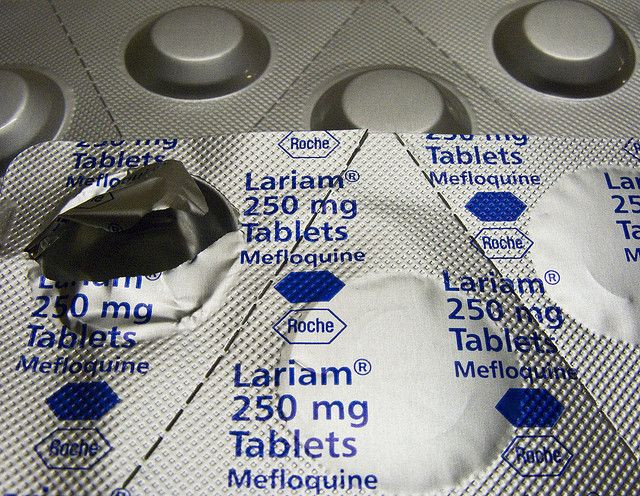New Handheld Device Detects Counterfeit Anti-Malarial Drugs

The U.S. Food and Drug Administration joined several public and private institutions to crack down on providers of substandard or counterfeit anti-malarial drugs, a business estimated at $400 million in West Africa alone, through a new handheld detection tool that would differentiate between the authentic and false products.
Although malaria is not recognized as a national health issue, reports of the disease in the United States go under the radar or are not immediately recognized by individuals who have contracted it. But the bigger initiative is to get these devices out to countries where malaria is a protruding issue.
The technology, Counterfeit Detection Device, or CD-3, was originally used to screen counterfeit drugs and products in mail facilities. The FDA partnered with the Skoll Global Threats fund, U.S. Pharmacopeia, NIH, CDC and the U.S. Agency for International Development.
"It's clearly imperative to identify counterfeit drugs given to patients, to study whether the tool, CD-3, can be useful to identify counterfeit or substandard drugs in harder to reach portions of the world," said FDA Commissioner Margaret A. Hamburg, in a teleconference.
In Sub-Saharan Africa, 20 percent of the anti-malarial medications are counterfeit while portions of Asia are far worst, with one-third reportedly counterfeit.
The impure versions of the drugs could not only be ineffective at combating the disease, but can consequently lead to drug resistance, thereby eliminating all options of treatment, or death.
The device operates by shining a variety of wavelengths of light over the suspect product and the authentic one to visually compare then eliminate the unverified version. The counterfeit or sub-standard drug would either glow or emit colors differently than the authentic product.
Users would find it easy to use, affordable and efficient for scanning large amounts of counterfeit products in supply chain facilities.
Although this hasn't been tested in an actual setting, regulators arranged a testing field in Ghana where local authorities already implemented other programs designed to improve quality of medicine and control over endemics. The CD-3 would complement these programs.
"The goal is to systematically find a way to get it out there with their network to do confirmatory work: to get reliability of the tool, the reality of the tool and best approach to training and using it in the field," Hamburg said. "The problem is we don't have all the information we like. We're assessing it in sub-standards to fully evaluate that issue."
According to an FDA-commissioned report, low and middle-income countries in Africa, Eastern Europe and Middle East, are those at risk of fueling the counterfeit drug business, accounting for 20 to 60 percent of health spending, with 90 percent of the individuals paying out-of-pocket for the counterfeits.
In one deadly incident early last year, a Pakistani government facility administered extreme amounts of heart medication that were tainted with lethal amounts of an antimalarial drug and claimed more than 120 lives.
As Malaria Awareness Day gets observed April 25, regulators announced they hope to expand the new device to other countries so the disease could be controlled in real-time and also refine it for broader use to detect counterfeit cosmetics, food, cigarettes and other questionable products.



























